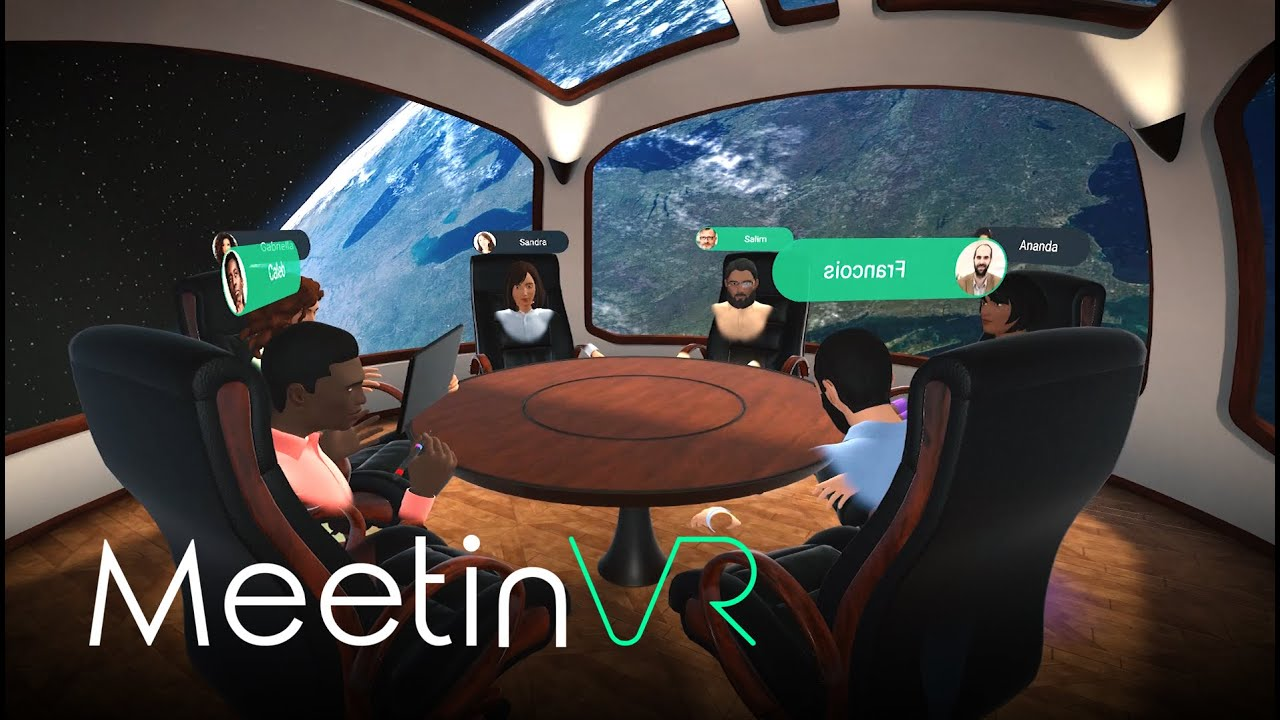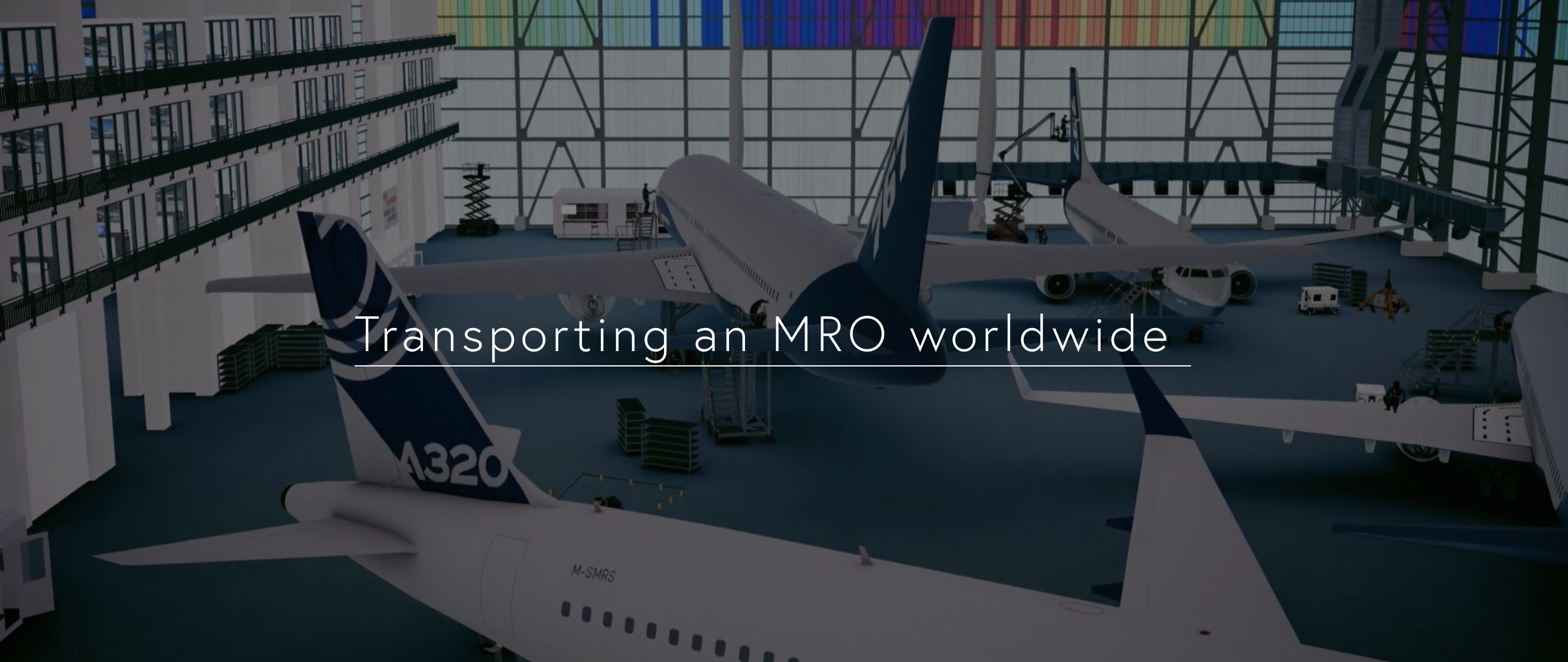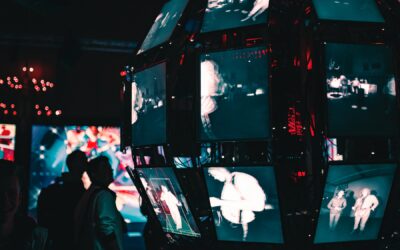The topic of remote work has been steadily cropping up more frequently in a variety of industries. Technology has made its application more viable for a range of businesses and the emergence of the Coronavirus pandemic has only accelerated the need for companies to adapt.
Despite remote work being identified as a practical option for businesses to partake in, many managers have been hesitant in giving employees the freedom of working from home due to fears over productivity in such distracting environments, the psychological effects of employee isolation and a loss of face-to-face interaction.
Coronavirus has made the act of working from home (WFH) unavoidable for many businesses and its employees. While some company owners may feel threatened by this, the emergence of modern technologies has made the process much more manageable than if the pandemic were to have emerged, say, only five or ten years ago.
Augmented Reality (AR), Virtual Reality (VR), and Mixed Reality (MR) have the power to create highly immersive communicative experiences between employers, employees and clients alike. Users can be transported into virtual meeting rooms, take intricate company tours and contribute to virtual whiteboards in real-time.
Let’s take a deeper look at how AR, VR and MR can help businesses adapt to companies looking to establish a WFH environment for employees, and check the practical application of immersive technology:
Augmented Reality in a Nutshell
AR is a technology that effectively takes our physical environment and adds digital layers of information on to it. While VR is regularly featured in cinema, it’s Augmented Reality that has entered into mainstream business use more readily. AR simply appears in view of existing reality and adds anything from graphics, to videos, to sounds on top of it to add deeper context or a more enriched experience.
There are plenty of platforms for designers to create AR applications too, which greatly helps the development of the technology. Apple’s ARKit and Microsoft’s Hololens are great construction tools for users to create elaborate 3D holograms that can be effectively placed into the real world around them.
Virtual Reality in a Nutshell
VR is a technology that can be applied through the medium of a headset or browser, or smartphone. While augmented reality inserts digital layers onto a real-world environment, VR can transport you to an entirely different place altogether – whether it’s into a Parisian showroom or the middle of Hanoi. It’s even possible to visualise the surface of Mars from the comfort of your living room.
To create high-quality VR content, 3D rendering and 360-degree imaging combine to capture space and depth in a way that replicates how our eyes perceive depth for a truly immersive impression.
Mixed Reality in a Nutshell
Mixed Reality is regarded as AR’s younger sibling. While Augmented Reality can be accessed and experienced through handheld smart devices, MR is solely conducted through intelligent eyewear like smart glasses.
MR merges real and virtual worlds to create a blend of environments and visualisations where real and digital objects are embedded on top of each other and capable of interacting with each other.
Remote Applications
The beauty of AR, VR and MR is that they can provide the same immersive environment for users regardless of whether they’re in the same room or either side of the Atlantic Ocean.
Regarding the recent rise in WFH businesses, there are few experiences out there that can ensure workers feel like they’re physically in a meeting, or actually supervising a worker than through embedded digital layers placed into their field of vision.
The practicality of AR, VR and MR is that workers will be able to better understand client briefs, elaborate on specific specifications and work together in real-time without any physical hurdles to overcome within distributed teams.
By utilising an AR or VR platform, a distributed team can effectively point and show what they mean, as opposed to wasting valuable time explaining, and even pull out props and objects for reference in order to get instant feedback. Suddenly, the clunky act of WFH collaboration, brainstorming, training and meeting can feel significantly less problematic.
Immersive Collaboration

(Image: MeetInVR.net)
If your business is making the switch from office-based environment to allowing employees to work from home due to COVID-19, you could be fearing for the productivity of your company as an owner.
In many industries, it’s imperative that a thorough level of communication is upheld among employees and decision-makers.
While video conferencing is one way of creating a face-to-face style environment for users, it’s harder to share ideas in real-time and there’s a lack of immersion that comes workplace meeting spaces.
Augmented Reality and Virtual Reality are key players in limiting the restrictive nature of remote communication and collaboration.
One key example of this can be found in MeetinVR – a virtual reality-based online collaboration platform. Where instant messaging and email can be extremely limiting and video conferencing offers few better options, MeetinVR showcases the best of VR technology. Users can interact with each other via 3D avatars and everybody has the ability to illustrate their ideas and create 3D models to help validate and underline their points.
In terms of Augmented Reality, companies like ScopeAR are leading the way in showing how users can actively interact and collaborate with each other in real-time. Because AR has the ability to overlay digital information on top of pictures, ScopeAR can help in industrial and healthcare fields where assistance can be provided and displayed on to the users’ field of vision.
Companies like Mesmerise specialise in creating immersive AR experiences for publishers and financial services.

(Image: Mesmerise Global)
It’s not a stretch to say that both AR and VR are essential technologies if your business is adapting to WFH yet dependent on immersive levels of interaction.
Industries Ripe for Alternate Reality
There are plenty of industries that AR, VR and MR can play a key role in as businesses look to enable more remote work for employees.
One of the most valuable to society at the moment is healthcare. AR can help doctors to practice procedures without a patient being present. Holographic representations of complex surgeries can be great for training purposes and supervisors can review the progress of surgeons in training in a less intrusive manner.
There’s also plenty of potential for engineering industries to use the 3D modelling layers of AR, VR and MR to accurately render and walk customers through designs. There’s also plenty of room for remote help from peers. All of which can be conducted remotely.
The industries of travel, retail and education can all greatly benefit from the accuracy of informative 3D renderings and digital environments. The presence of AR, VR and MR here can allow students to learn remotely, customers to see models of the products they’re interested in buying and holiday-goers to fully view prospective hotels, all from the comfort of their own homes – thus allowing staff to stay safe indoors too.
It’s fair to say that the future of remote work will involve the power of Augmented Reality, Virtual Reality and Mixed Reality to at least some extent. Plenty of industries are ready to be shaped by AR and VR in particular, and the usability of the technology is ever-improving.
Coronavirus has posed some significant challenges to the working world of 2020, but it could also have fuelled its evolution further. Alternate realities can play a significant role in keeping companies and employees alike in tune while in isolation. While we may be spending more time away from colleagues and employees, AR and VR could ensure that we’re as well-connected as we’ll ever be when it comes to work.








